There are several potential reasons why your car may stall and then restart, ranging from minor issues to more serious problems. These can include problems with the battery or alternator, a lack of fuel, a broken timing belt, problems with the fuel delivery system or if the engine over heats.
Sometimes when a car cuts out it can be caused by a more serious fault such as a blown head gasket or bad timing belt.
In this article, we’ll explore some of the most common causes of car stalling and restarting, and provide tips on how to diagnose and fix the issue.
Why Does My Car Die While Driving But Then Restart?
When your car unexpectedly shuts off while driving but starts up again afterward, the issue can often be attributed to various factors beyond the crankshaft or camshaft position sensors.
While these sensors may intermittently fail and contribute to stalling, diagnosing the problem requires a comprehensive approach. It is recommended to begin by scanning the engine control module for fault codes. Potential causes of this issue include fuel delivery problems, ignition system issues, or even faulty electrical connections.
Most of the time it’s not going to be possible to fix your car on the side of the road, but it’s worth having an idea of what has caused the problem if you need to call a recovery truck or mechanic.
Here are a few of the most common reasons for your vehicle to break down while you are out driving.
Reason 1. Adequate Fuel is not getting to the engine
The fuel delivery system must be able to keep up with the demands of the engine, especially when under acceleration.
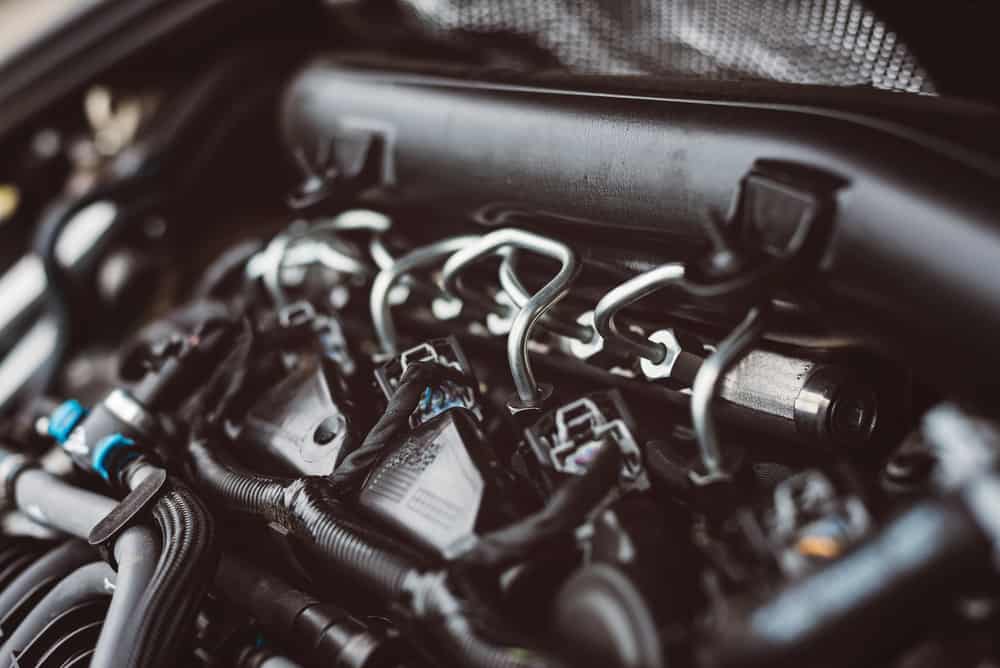
Fuel injectors need a constant supply of fuel to operate properly
There are lots of reasons why the fuel can’t reach the engine. The most obvious reason is that you have run out of fuel. It’s one of the biggest reasons why cars break down and is the easiest to fix.
If your fuel tank has fuel in it but it’s not reaching the engine, then this could be caused by a blocked fuel filter, blocked fuel line or a faulty fuel pump. The symptoms of a blocked fuel filter or fuel line include lack of engine power, engine misfires and engine stalling.
Engine stalling can also be caused by a faulty fuel injector, a bad fuel pressure regulator or contaminants in the fuel such as water. The symptoms of water in your gas tank are the same as fuel injector problems. These include a decrease in overall performance, jerky engine performance and engine stalling.
Reason 2. The timing belt has broken or slipped
Another very common reason for a car to cut out while driving is a broken timing belt. Even before it breaks, you car can exhibit symptoms of a bad timing belt.
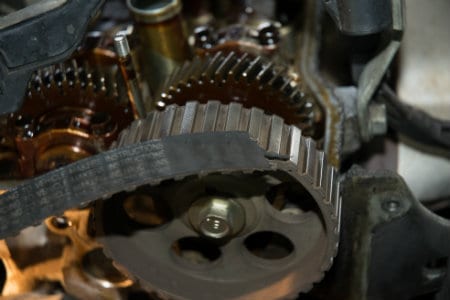
If the timing belt is failing or has failed, you can expect the engine to not start, or if it does start it will run really badly. Sometimes a timing belt can become badly worn and can stretch slightly. This will affect the timing of the engine and can even cause the timing belt to slip.
A stretched timing belt will result in low power output, especially under heavy loads. It can also lead to bad fuel economy and regular engine misfires that can cause the engine to die while driving.
Reason 3. The engine has overheated
Engine overheating is another common reason why a car will suddenly die when running. Over heating can happen for many reasons, but can usually be traced back to a lack of engine coolant or a problem with the coolant being pumped around the engine.
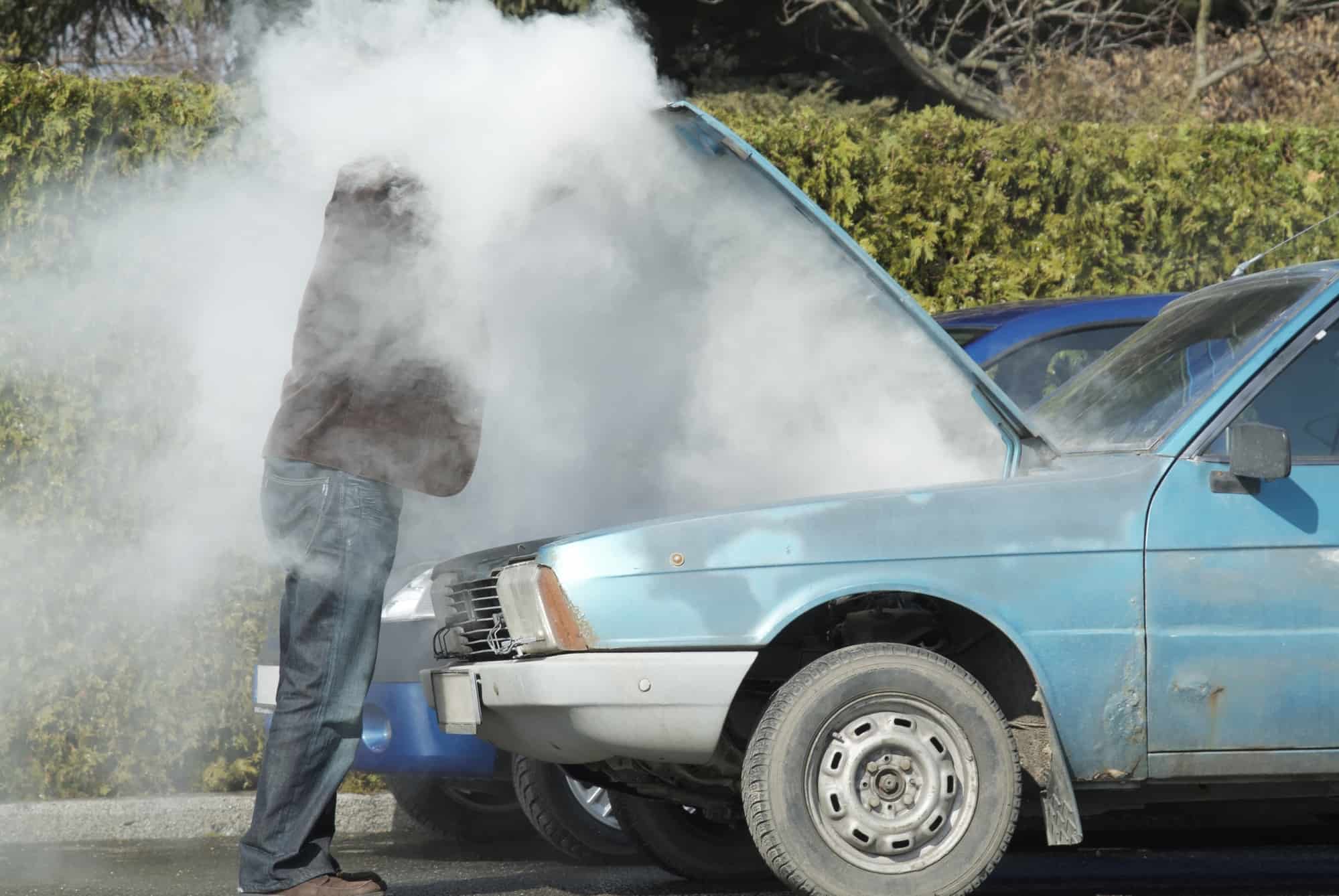
Lack of coolant flow can be caused by a broken water pump, a snapped timing belt, or low pressure in the coolant system. The symptoms of a bad water pump include engine overheating, coolant leakage and steam coming from the engine bay.
Coolant leaks can also cause problems with engine temperatures. Coolant leaks often occur from the radiator, coolant hoses, from a cracked coolant reservoir or even from the radiator cap. A bad radiator cap can cause problems without you even knowing it, until it’s too late.
Reason 4. The car battery has failed or is not accepting charge
Modern vehicles are packed full of electronic systems and gadgets that constantly drain the power from your car battery. During its lifetime, the battery on your car will charge and discharge thousands of times before it begins to fail.
The first sign of a problem with the battery is when the car battery light comes on. You may see this on the dashboard for a few weeks or months before it causes significant problems.
A properly functioning battery should have a voltage of around 12.6V when charged, and around 14 volts when the engine is running. If the voltage is lower than 10 volts it can impact the engine management system. This can lead to issues with engine performance and the engine may cut out, especially when idling or at low speeds.
Reason 5. The Alternator has failed and is no longer charging the battery
The alternator provides most of the electrical power needed by your vehicle when you are driving, along with charging the battery. The first signs of a failing alternator, before the engine dies is when the ECU detects a problem with the amount of power coming from the alternator. This will cause the car battery light to illuminate on the dashboard.
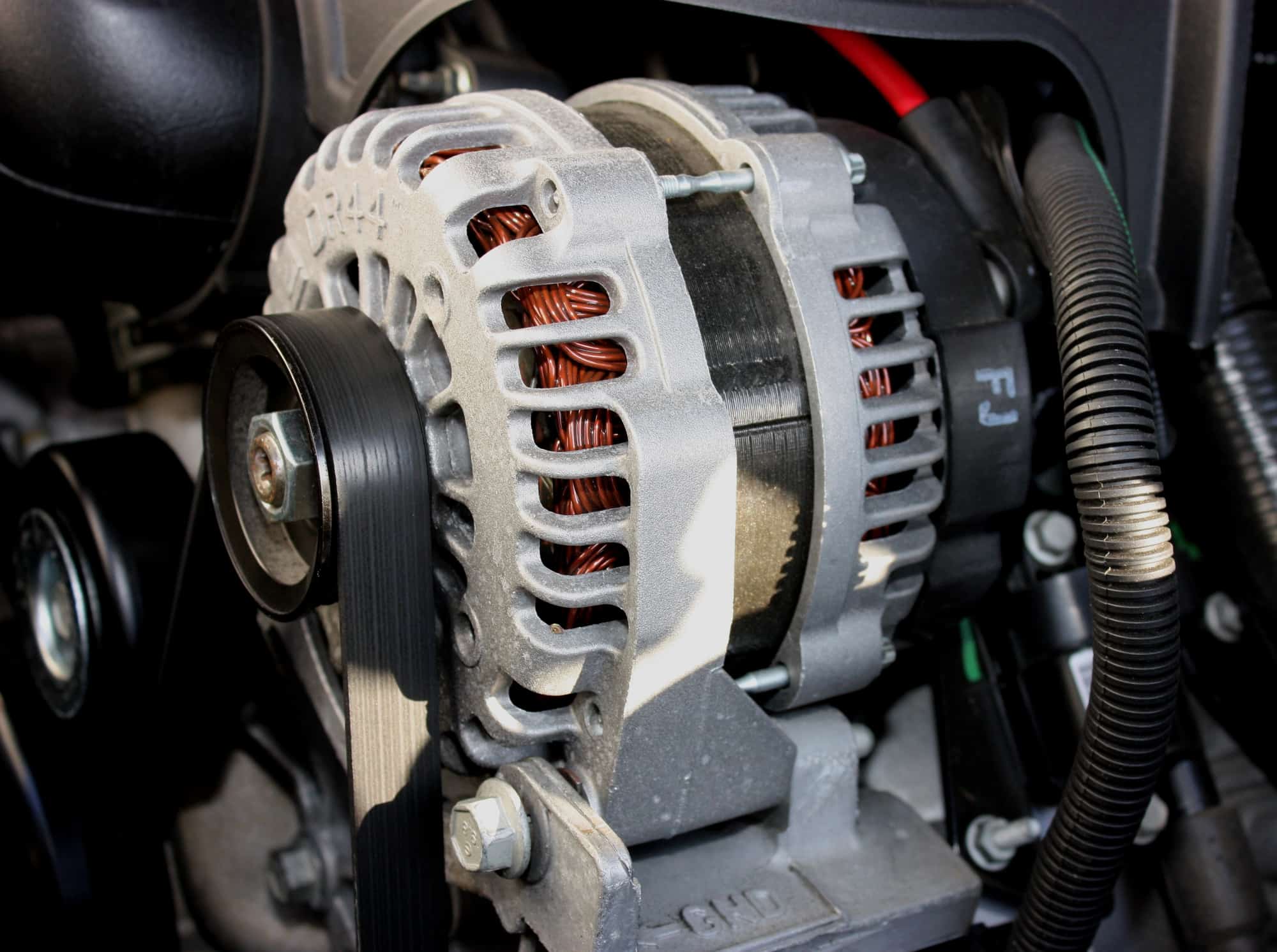
The alternator usually provides between 13 and 14.8 volts to the battery. Symptoms of a faulty alternator include the vehicle not starting, headlights dimming, a charging system warning light on the dashboard and the engine dying.
Starting the engine in your car will deplete the charge in the battery by around 3%. This leaves plenty of power to restart an engine if necessary or to supply extra power when needed.
Reason 6. The auxiliary serpentine belt has broken or is badly worn
A broken serpentine belt can also cause your car to die if it snaps when the engine is running.
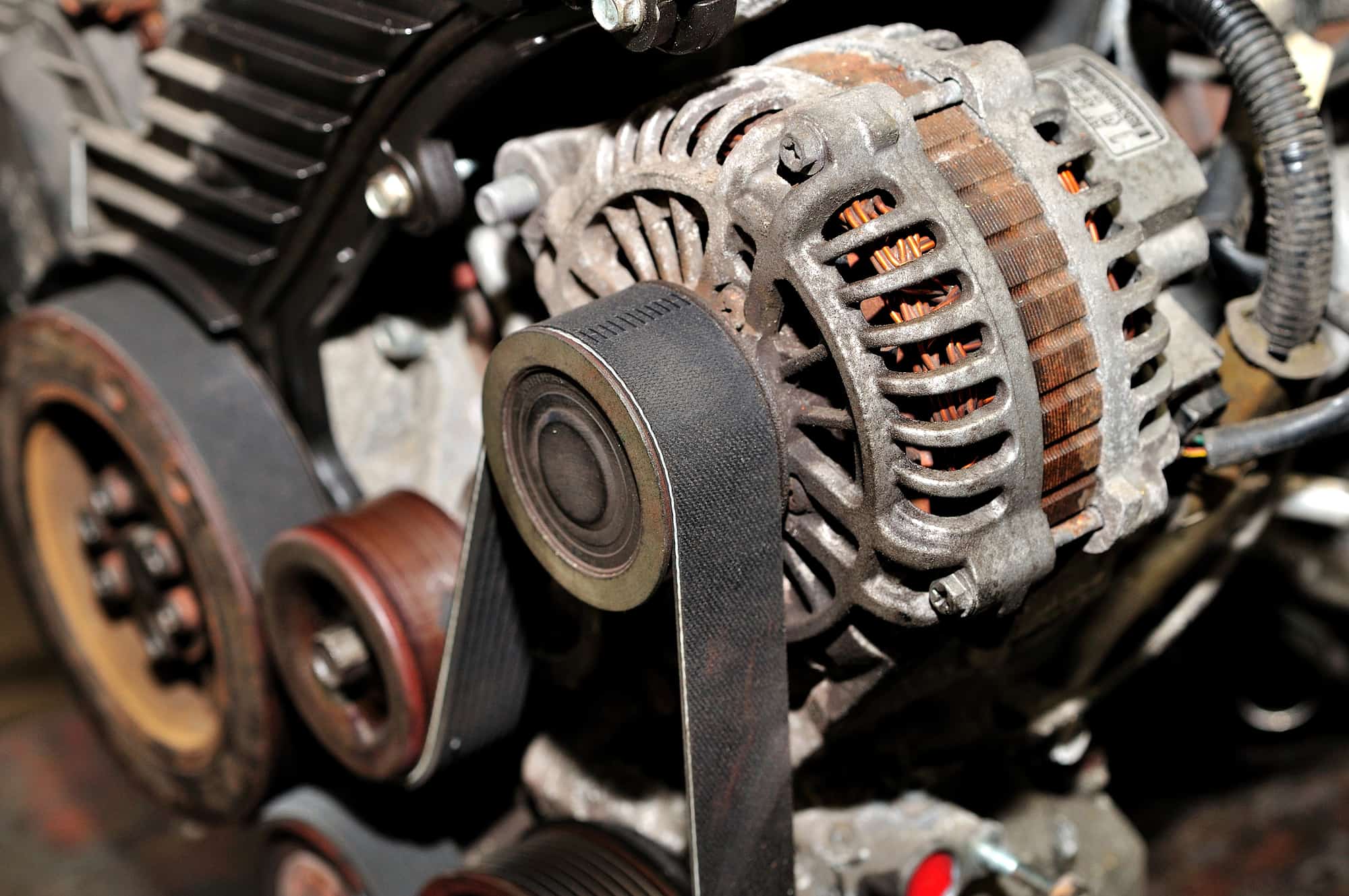
Generally, the serpentine belt turns the alternator when the engine is running. It connects the alternator to the rotating crankshaft and this allows the alternator to charge the battery.
If the alternator belt is slipping or has completely failed, then the alternator will not run and will not provide any power to the battery. A slipping alternator belt may cause an intermittent battery light.
Reason 7. A Bad engine sensor can cause the engine to die while running
The engine in your car relies on a range of sensors that provide the engine management unit with real time information. A bad engine sensor can cause a car to die when it is driving.
Some sensors are more important when it comes to engine performance than others. These include the mass air flow meter (MAF), the crankshaft and camshaft sensors, the manifold pressure sensor and the fuel pressure sensor.
If one or more of these sensors fail, the performance of the engine will be severely affected and may cause it to cut out or die. Sometimes, a bad engine sensor will trigger a flashing check engine light on the dashboard before the engine stops running.
What Next: How To Fix A Car That Dies But Restarts When Driving?
Assuming you didn’t just run out of fuel, then it’s a good idea to investigate the problem further. The smartest way to start is by running an engine diagnostic readout using a compatible OBD-II reader. This will give you a list of any stored engine error codes that may have been triggered when the car died.
- If the error code points to a problem with fuel delivery or fuel pressure, then start by changing the fuel filter and checking for blockages or leaks in the fuel system. If there is no specific error code pointing to a particular component such as the fuel pump, fuel rail, or fuel injector then it can get more difficult to diagnose, especially if changing the fuel filter doesn’t solve the problem.
- Error codes such as P0301 to P0304 usually indicate a problem with the ignition of the fuel in the cylinder. This can often be rectified by changing the spark plugs and checking that the ignition coils are all working.
- A failed engine sensor will usually have a specific error code that you can look up. This type of problem will usually be resolved by changing the offending sensor and clearing the trouble code from ECU memory.
- A problem with the battery charging system will usually throw up one or more errors. A common battery related code is P0562. This can be triggered by a faulty alternator or voltage regulator, or a problem with the wiring loom that connects the battery to the starter motor and alternator. If you see a code like this then the next step is to get the alternator tested by a professional and to perform a visual inspection of the wiring and connections.
It’s also advisable to perform a quick inspection of the engine bay to check for a broken auxiliary belt, loose wiring or leaking fluids. This can help you to narrow down the source of the problem.


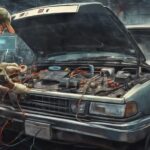
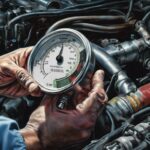
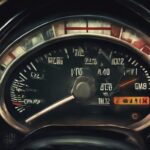


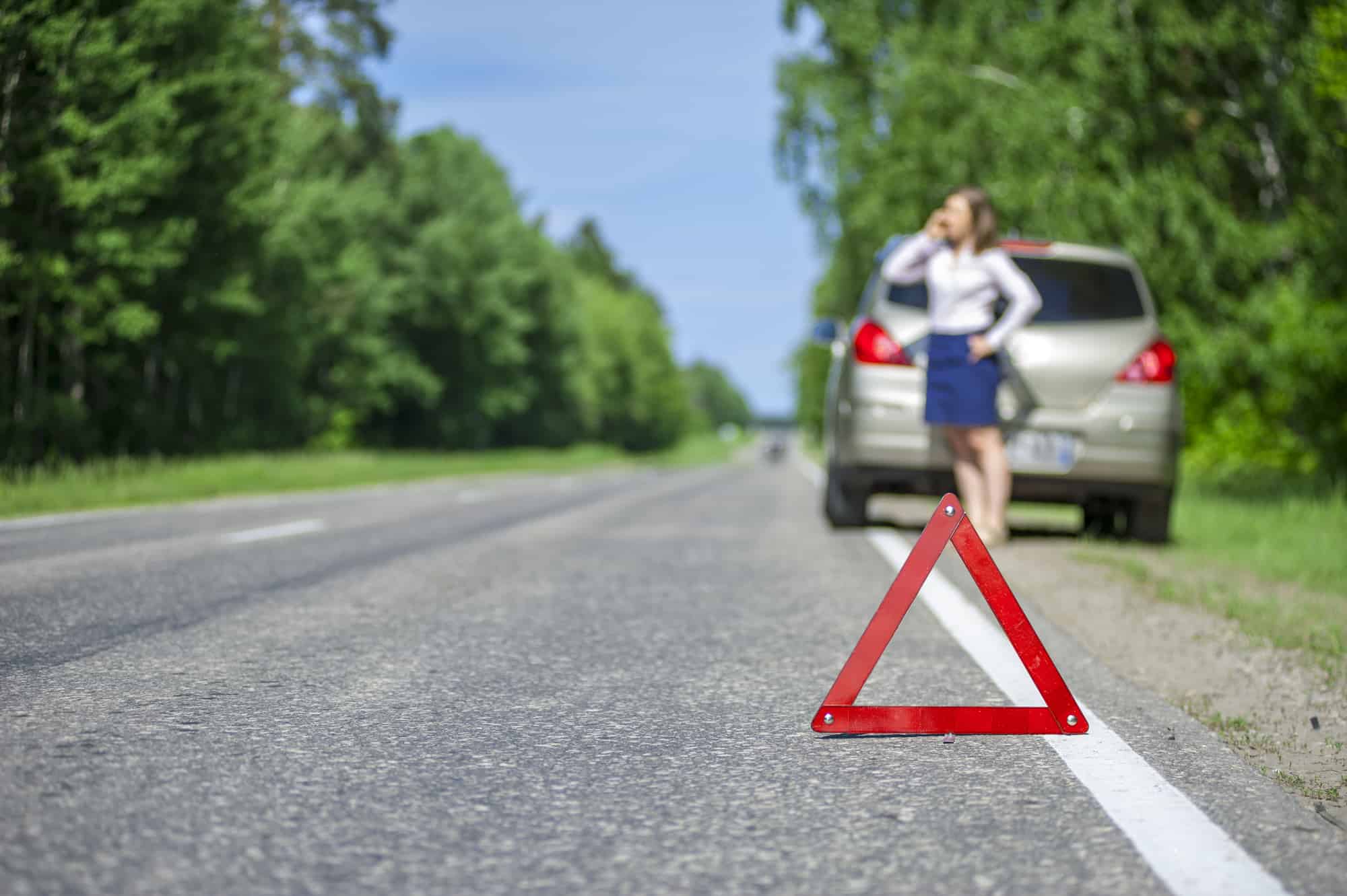

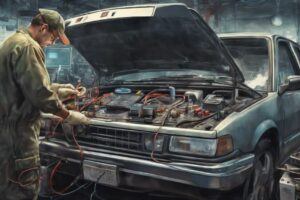
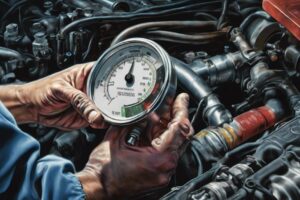
When trying to diagnose the problem further myself, is it generally safe for someone without much mechanical experience to use an OBD-II reader and attempt to interpret the error codes, or should I immediately take it to a professional?
I’ve noticed my car occasionally stalling and restarting, especially during longer drives. Could this be related to an overheating issue, and if so, what steps should I take to diagnose and address this specific problem?